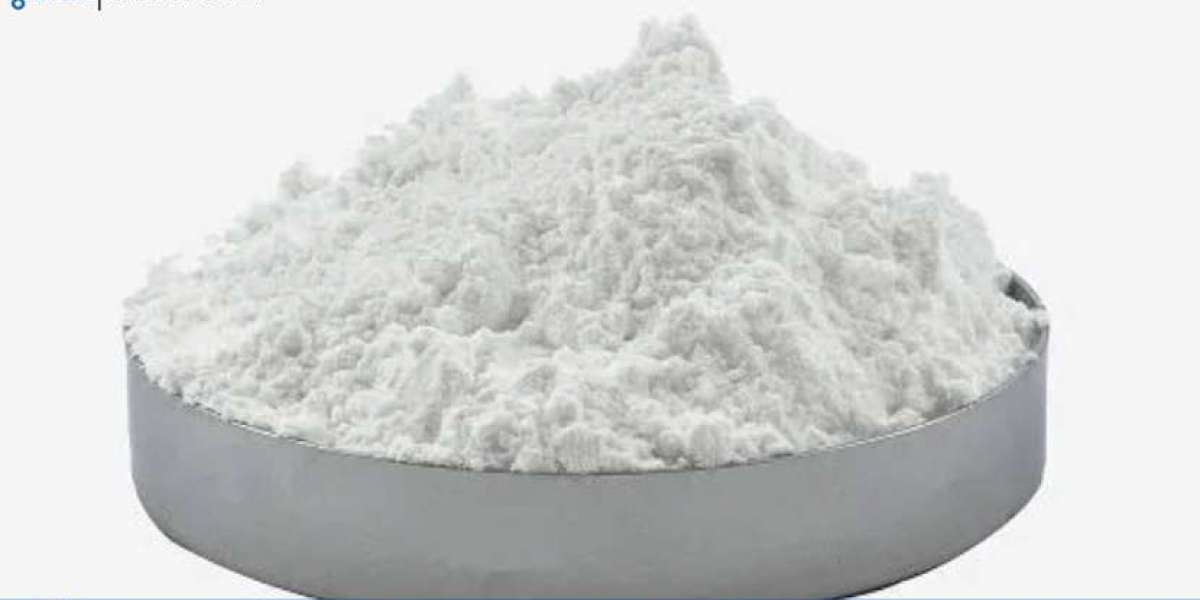Dimethylglyoxime is a widely used chemical compound primarily valued for its role in analytical chemistry, particularly in detecting and separating metal ions. Its applications extend to industries such as metallurgy, pharmaceuticals, and research laboratories, where precision and reliability are crucial. With the rising demand for advanced analytical tools and techniques, dimethylglyoxime manufacturing offers a promising business opportunity. This article delves into the market dynamics, growth prospects, and challenges associated with establishing a dimethylglyoxime manufacturing plant.
Overview of the Dimethylglyoxime Market
Dimethylglyoxime is renowned for its efficacy as a reagent in chemical analysis and metallurgical processes. It plays a vital role in identifying trace amounts of specific metals, such as nickel and palladium, making it indispensable in industrial quality control and research applications. The compound’s reliability and versatility have positioned it as a key material in both academic and industrial settings. As global industries continue to prioritise precision and efficiency, the demand for dimethylglyoxime is expected to grow steadily.
Get a Free Sample Report with Table of Contents@ https://www.expertmarketresearch.com/prefeasibility-reports/dimethylglyoxime-manufacturing-plant-project-report/requestsample
Market Size and Share of Dimethylglyoxime
The dimethylglyoxime market is segmented based on applications, including chemical analysis, metallurgy, and pharmaceuticals. The chemical analysis segment accounts for a significant portion of the market, driven by its extensive use in laboratories and industrial quality assurance processes. Metallurgical applications also hold a notable share, particularly in the mining and metal refining sectors. Regionally, North America and Europe lead the market due to their advanced research infrastructure, while Asia-Pacific is emerging as a lucrative region owing to rapid industrialisation and scientific advancements.
Key Market Dynamics and Emerging Trends
Drivers of the Market
- Industrial Demand: Expanding use in metallurgy and industrial quality control processes.
- Research and Development: Increasing reliance on precision reagents in academic and industrial research.
- Technological Advancements: Growing demand for advanced analytical tools and techniques.
Emerging Market Trends
- Sustainability Focus: Development of eco-friendly manufacturing processes to reduce environmental impact.
- Innovative Applications: Exploration of new uses for dimethylglyoxime in emerging industries.
- Global Expansion: Increased adoption in developing regions with growing industrial bases.
Growth Potential for Dimethylglyoxime Manufacturing
The growth potential for dimethylglyoxime manufacturing is significant, driven by its critical role in various industries. As industrial processes demand higher levels of accuracy and reliability, the need for advanced reagents like dimethylglyoxime continues to rise. Additionally, the compound’s applications in pharmaceuticals and environmental testing further enhance its market relevance. Manufacturers can capitalise on these opportunities by adopting innovative production methods and targeting emerging markets.
Opportunities in Dimethylglyoxime Manufacturing
Increasing Industrial Applications
The growing emphasis on industrial quality assurance creates a steady demand for high-performance reagents such as dimethylglyoxime.
Expanding Research Needs
Academic institutions and research laboratories represent a consistent demand segment, providing opportunities for collaboration and innovation.
Emerging Markets
Developing regions with expanding industrial and research activities offer untapped markets for dimethylglyoxime products.
Sustainability Initiatives
Focusing on environmentally friendly production processes can attract eco-conscious industries and comply with global standards.
Challenges in Establishing a Manufacturing Plant
Regulatory Compliance
Manufacturers must navigate complex regulations governing chemical production, safety, and environmental impact.
Raw Material Sourcing
Securing a reliable supply of high-quality raw materials is essential for consistent production and market competitiveness.
Market Competition
The presence of established players requires new entrants to focus on innovation and cost-efficiency.
High Initial Investment
Setting up a manufacturing facility involves significant capital investment in infrastructure, technology, and workforce training.
Steps to Establish a Successful Manufacturing Plant
Conducting Market Research
Comprehensive analysis of market demand, competition, and regulatory requirements is critical to developing a viable business strategy.
Investing in Advanced Technology
Modern production techniques can enhance efficiency, reduce costs, and ensure consistent product quality.
Focusing on Quality Assurance
Implementing stringent quality control measures ensures compliance with industry standards and builds trust among customers.
Building Strategic Partnerships
Collaborating with distributors, research institutions, and industrial users can expand market reach and ensure steady demand.
Ensuring Regulatory Compliance
Obtaining necessary certifications and adhering to local and international standards is essential for successful operations.
Conclusion
Dimethylglyoxime manufacturing presents a promising opportunity for businesses seeking to cater to the growing demand for advanced analytical reagents. By understanding market dynamics, leveraging emerging trends, and addressing potential challenges, manufacturers can establish a strong foothold in this competitive market. This guide provides valuable insights for entrepreneurs and investors, paving the way for success in the dimethylglyoxime manufacturing industry.








